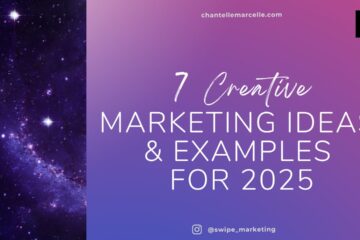
Virtual Influencers Could Be More Than A Marketing Trend
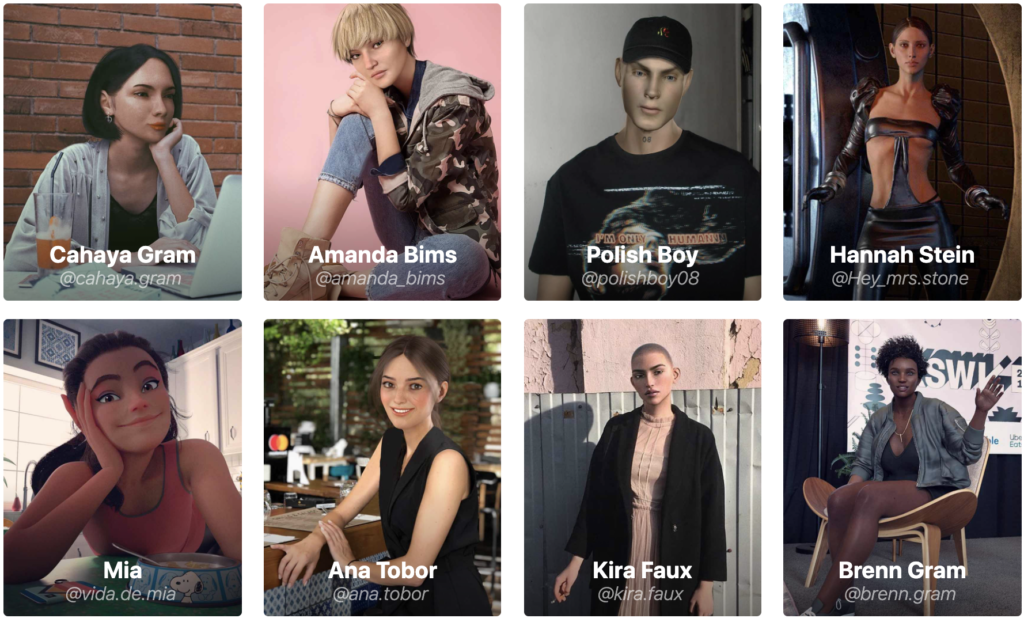
The past few weeks I’ve seen increased discussions around the intersection of AI and marketing.
And more specifically, virtual influencers.
In 2020, the influencer marketing industry grew to the tune of a projected $9.7B expansion in 2020.
And a micro trend within that wave of success? Brands are exploring the benefits of bots to expand their options beyond partnerships with the Kardashians or TikTok celebs.
Usually human-like in appearance, virtual influencers number in the hundreds (or in the thousands depending on which platform you’re using).
Virtual Humans, the go-to informational website on the virtual influencer, defines one as:
“A digital character created in computer graphics software, then given a personality defined by a first-person view of the world, and made accessible on media platforms for the sake of influence.”
Video game studios, creative agencies, and multimedia artist teams have all been sourced as creators. And have reaped significant rewards for their efforts.
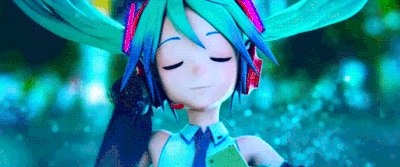
Let’s talk about Hatsune Miku. She combines a computer-generated voice (based on the synthesized voice of a real Japanese voice actress) and the cartoonish image of a 16-year old girl.
Since her creation in 2007, she’s been used to drive a number of marketing campaigns, including for music software, graphic novels, video games, festivals, and more. She also sings original music in live and virtual performances alongside human superstars like Lady Gaga and Pharrell.
And in only the first 5 years after her introduction, Hatsune generated over $120M.
Then there’s Lil Miquela.
She was the first virtual influencer I’d ever heard of, and she’s also probably the biggest name in the pool in addition to being the top earner. (TIME Magazine once named her to its ’25 Most Influential People on the Internet’ list.)
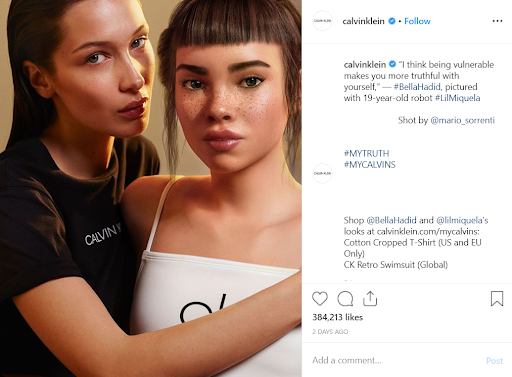
Her stats are impressive:
- Followed by over 2.8M on multiple social media platforms
- Charges upwards of $8,500 per sponsored post
- Boasts a social media engagement rate better than human celebs like Selena Gomez and Beyonce
- Works with world-class brands like Calvin Klein, Samsung, Prada
- Credited with a number of hit songs and music videos
- Backed by over $30M in investments from various VCs and other sponsors
- Made out with real-life human supermodel Bella Hadid in a commercial
- Projected to earn over $11M this year
(Do I need to keep going, or at this point are we all equally depressed at being outshined by a teenage bot?)
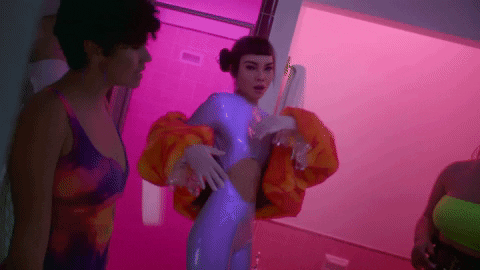
So what’s the appeal behind these imposters?
Well this year more than anything brands are certainly enthused by the fact that virtual influencers can’t catch human diseases like coronavirus.
They also don’t make any demands, don’t get tired or age, don’t get into scandals that jeopardize the brand’s reputation, cost less to use, and can be replicated anywhere, anytime.
Did I mention they can’t catch COVID-19 and don’t have to be subject to any lockdowns?
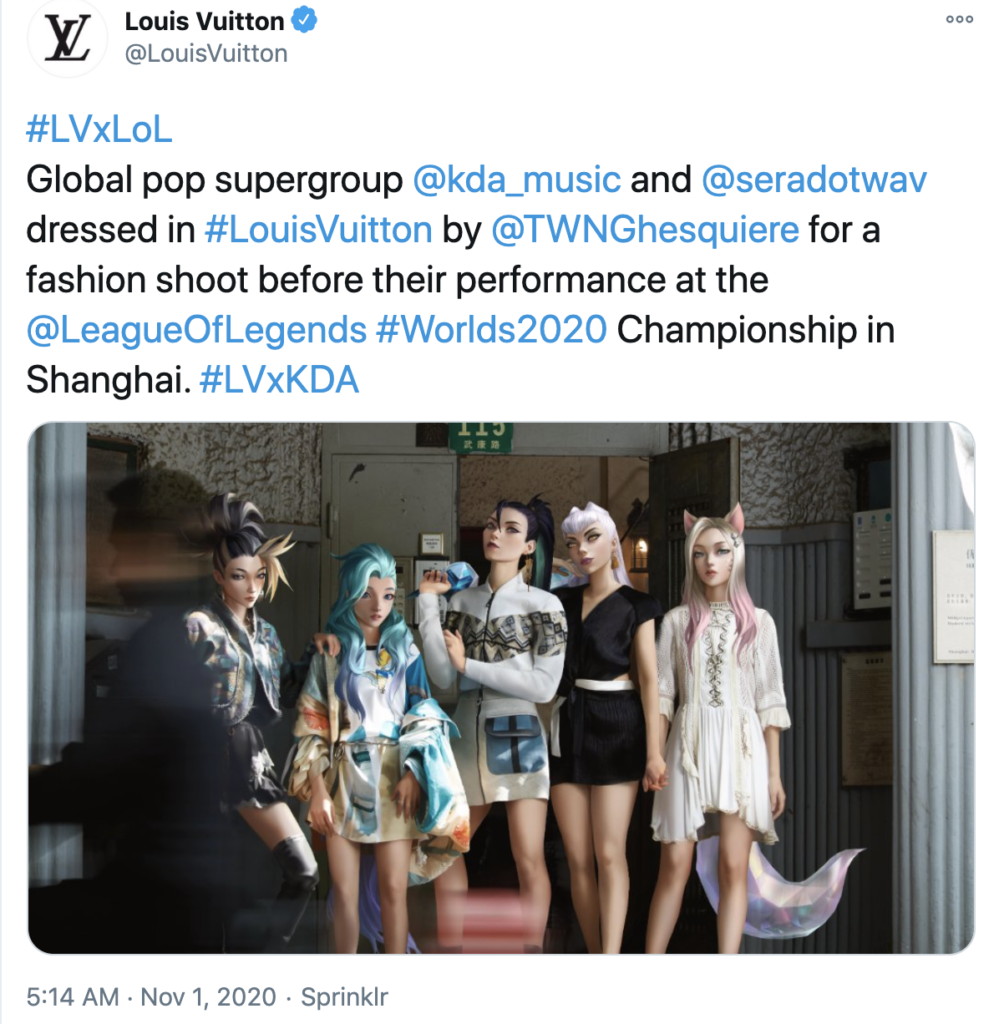
Not to mention, their entire purpose centers around appealing to whatever audience a brand wants to sell to.
Lil Miquela, for instance, has a whole fictional backstory that continues to evolve and develop as needed.
She’s a 19-year-old half-Brazilian, half-Spanish aspiring musician based in LA. She has hopes, dreams, aspirations. Real emotions that she shares with her followers. (Her loyal fans call themselves “Miqualiens.”) She advocates for a variety of causes, partnering with non-profits to put out statements around issues like immigration.
Could she be any more representative of the average Gen-Z teen in the U.S.?
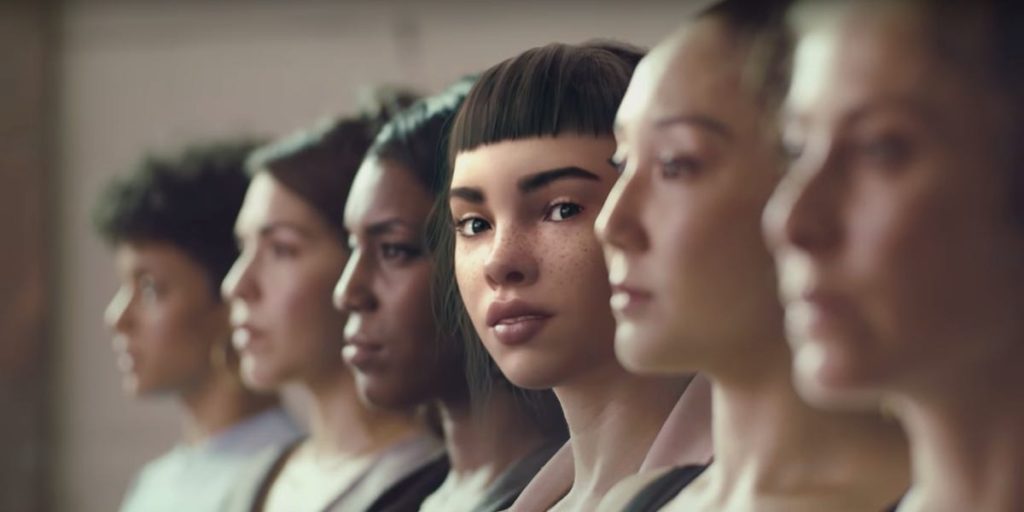
That’s because it’s all carefully controlled and managed by the agency that created her.
Virtual influencers travel, work, perform, hang out with human celebs, date (usually each other). They even have faux crises. (Lil Miquela was hacked by a pro-Trump virtual influencer at one point.)
I mean, imagine if instead of having to scour the web for someone who represented exactly what a brand wanted in a spokesperson, they could just save the time and have that ideal persona created from the ground up. The looks, the personality, the back story.
And everything they do and say carefully based on market research and data.
Just like…a robot. 🤖
Actually a number of brands have done exactly that.
Among them, Kentucky Fried Chicken.
They reimagined the brand’s iconic brand ambassador, Colonel Sanders, as a young, hipster-esque figure who features occasionally on their brand social media accounts.
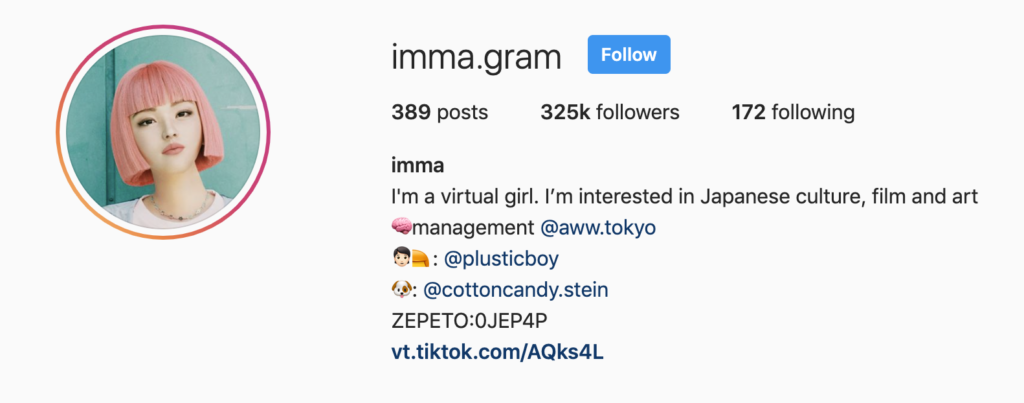
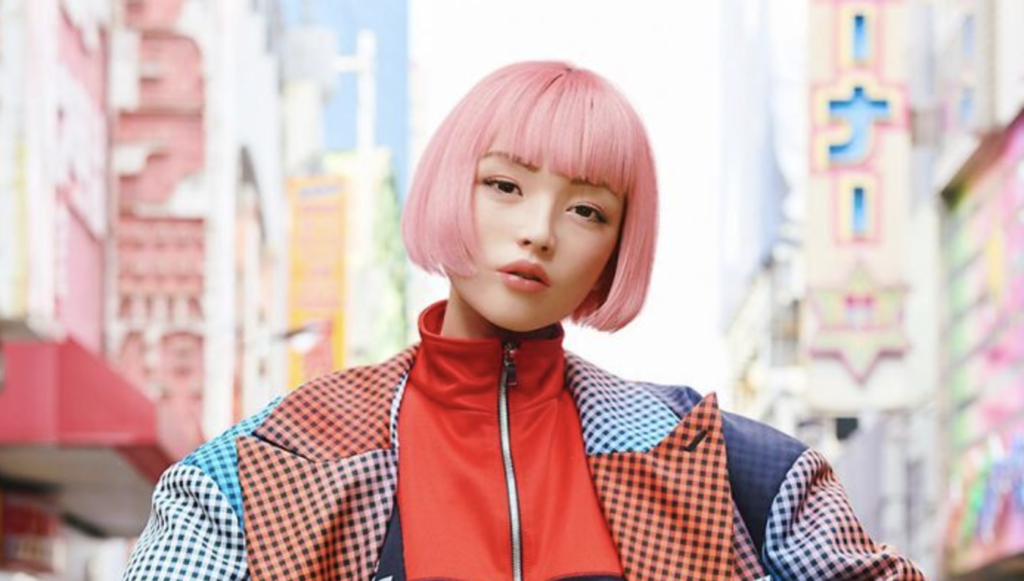
Another benefit to being a virtual influencer:
Nearly endless possibilities for content creation.
“Because they live both in the physical world and a digital one, there really isn’t a limit to their universe,” said Paul Budnitz, the founder of an art and entertainment agency named Superplastic that creates virtual influencers (among other things).
“All our characters wear real clothing labels, eat real food and drive real cars. So it’s a mix between reality and hyper-reality.”
For me, while I’m fascinated by virtual influencers (in my eyes, they combine art + technology, two of my passions), I also hope they never become as prevalent as actual human influencers.
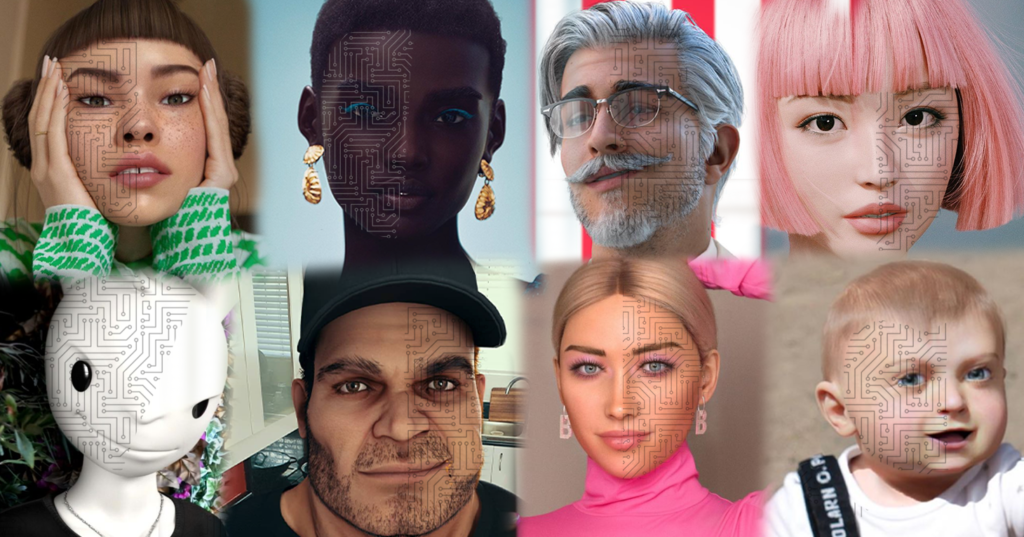
There’s something that feels gross about manufactured “authenticity.”
Human influencers possess flaws, sure. But that’s probably part of why we all gravitate toward them. They feel genuinely relatable.
And maybe I’m thinking too far ahead, or I’ve been watching too many sci-fi movies. Will Smith in I, Robot. The Spielberg-directed film A.I. Artificial Intelligence. Too many others following that same “tragic humanoid who just wants to be a ‘real boy’ and be loved” theme.
But as AI progresses, there are going to be many more conversations about what separates AI from humans and if there need to be clearly defined rules of engagement mapped out.
(The ethics behind AI/robots are already being discussed. It’s a rabbit hole, but check it out!)
Read more about improving customer experience: Studies Show Bad UX is Expensive and Hurts Your Profits
Want more tips and recommendations on how to set up the right influencer marketing strategy? Connect with me on LinkedIn or sign up for my newsletter and get marketing insight delivered to you weekly.


